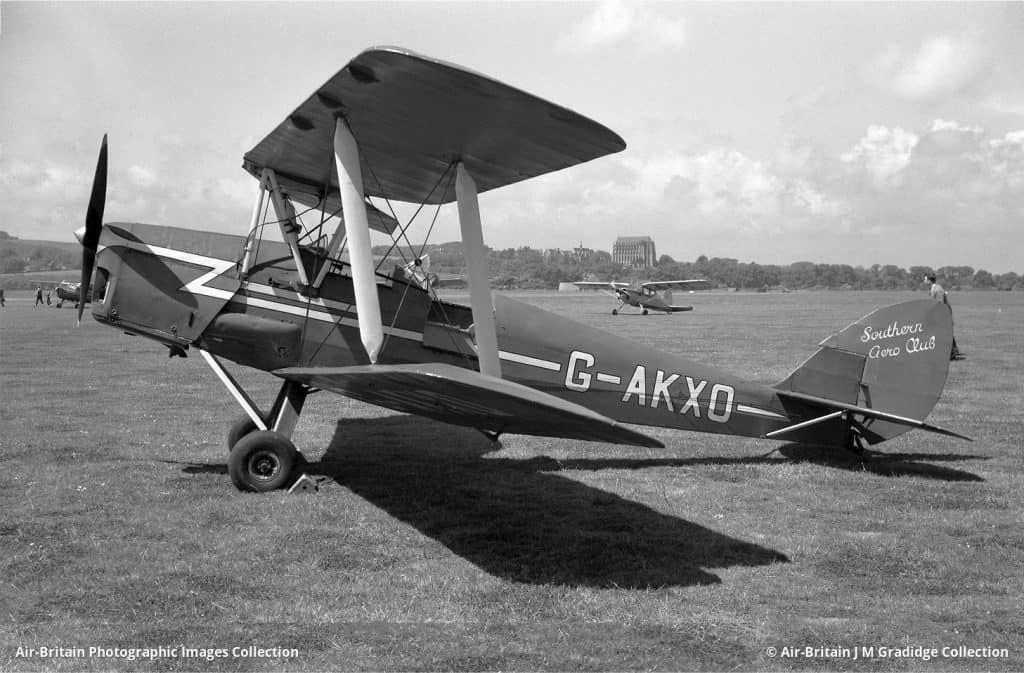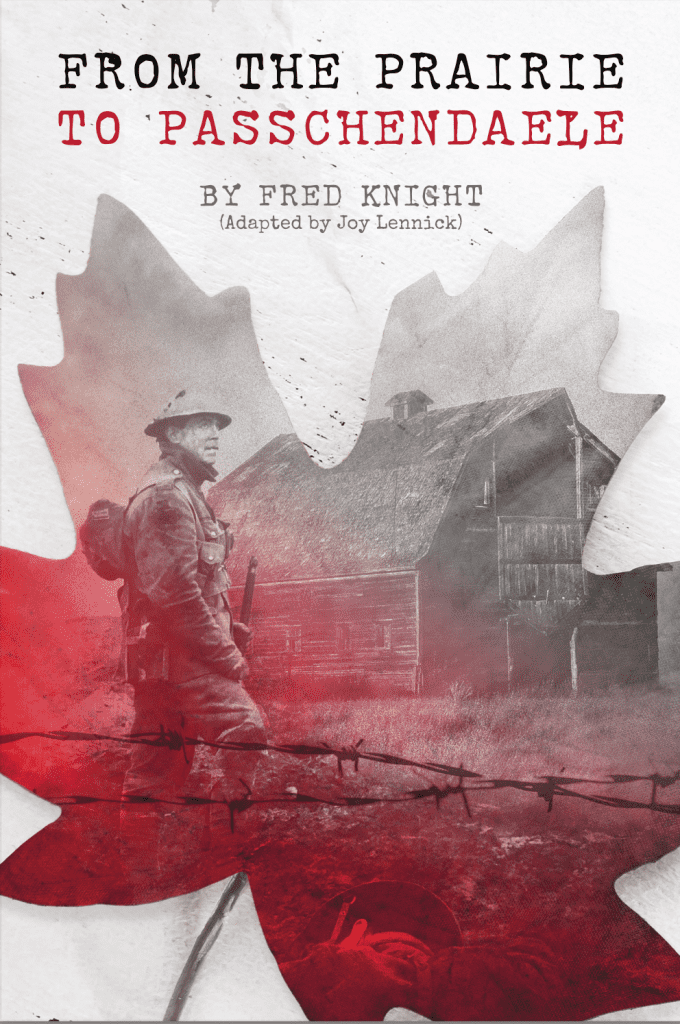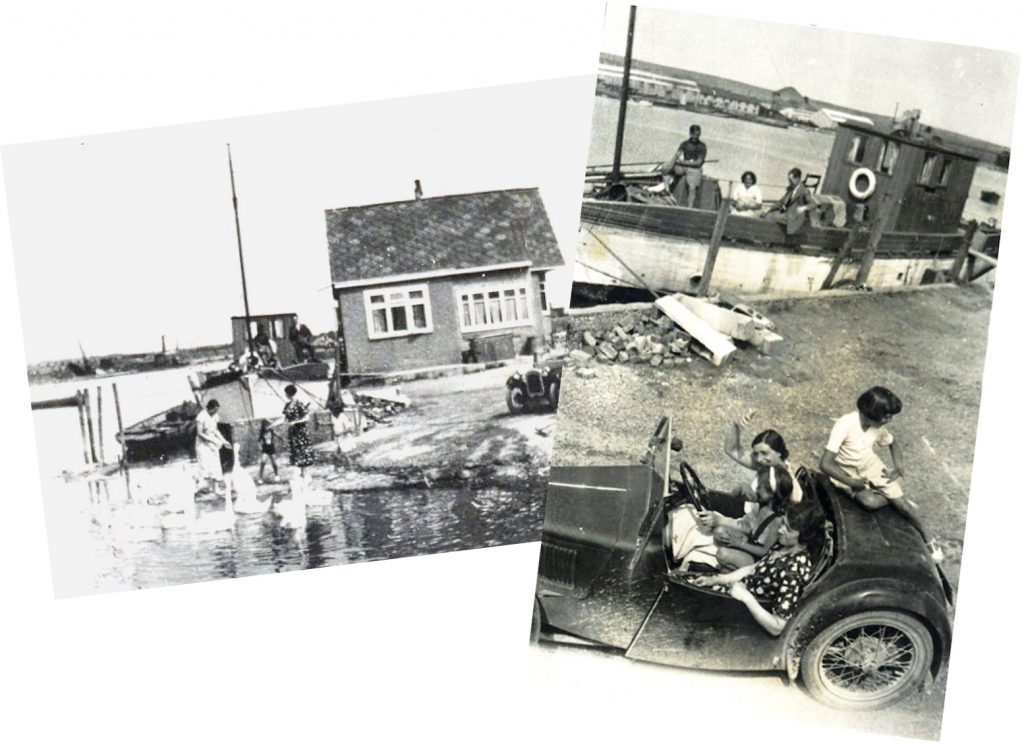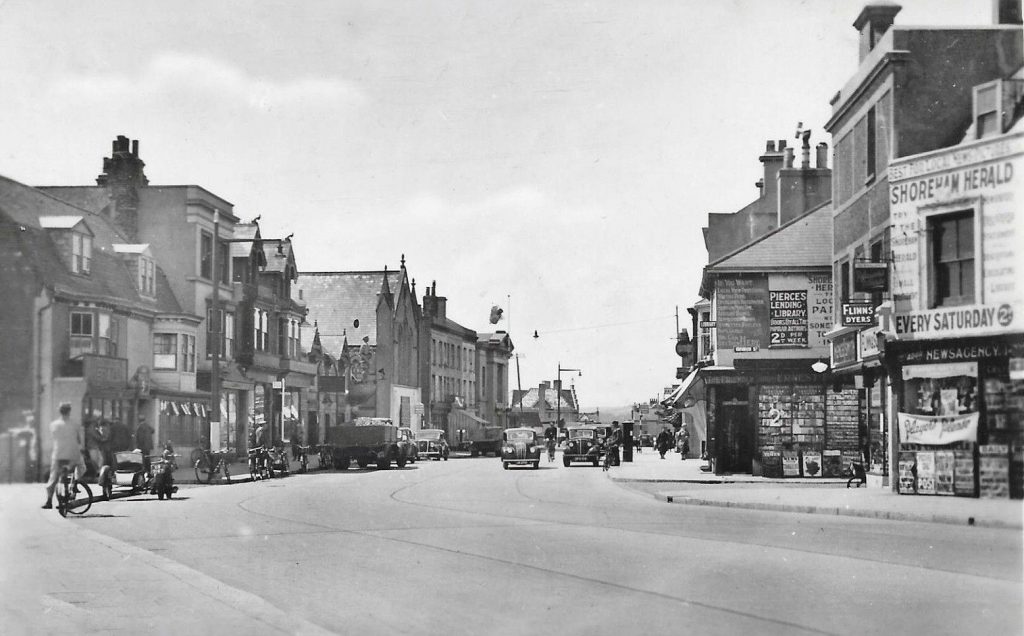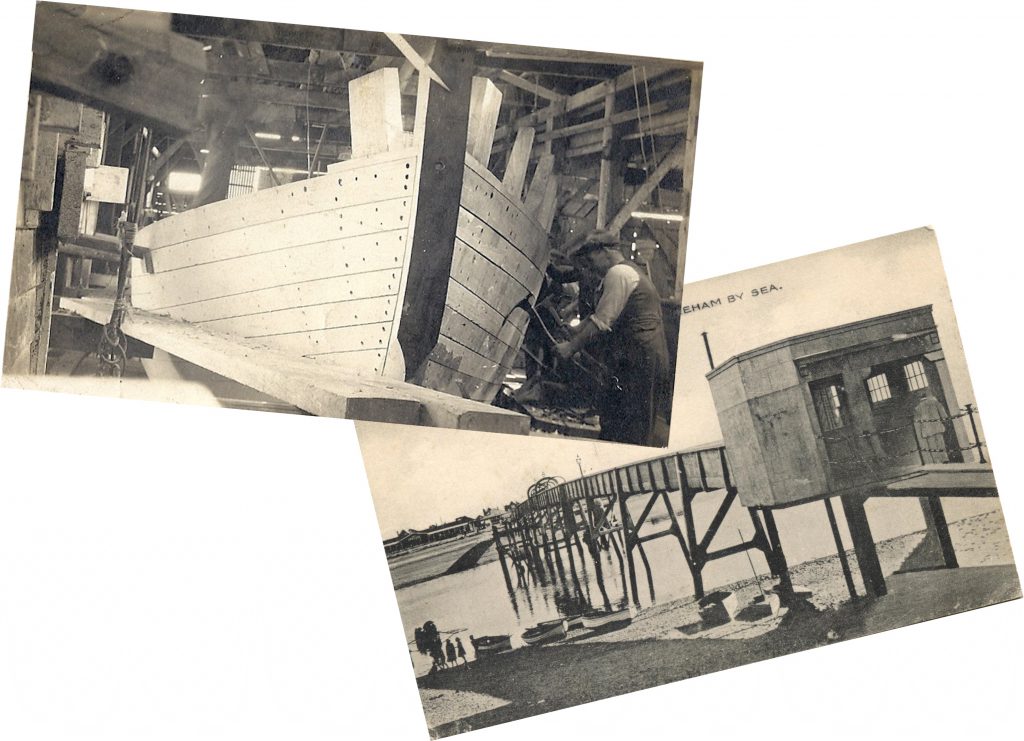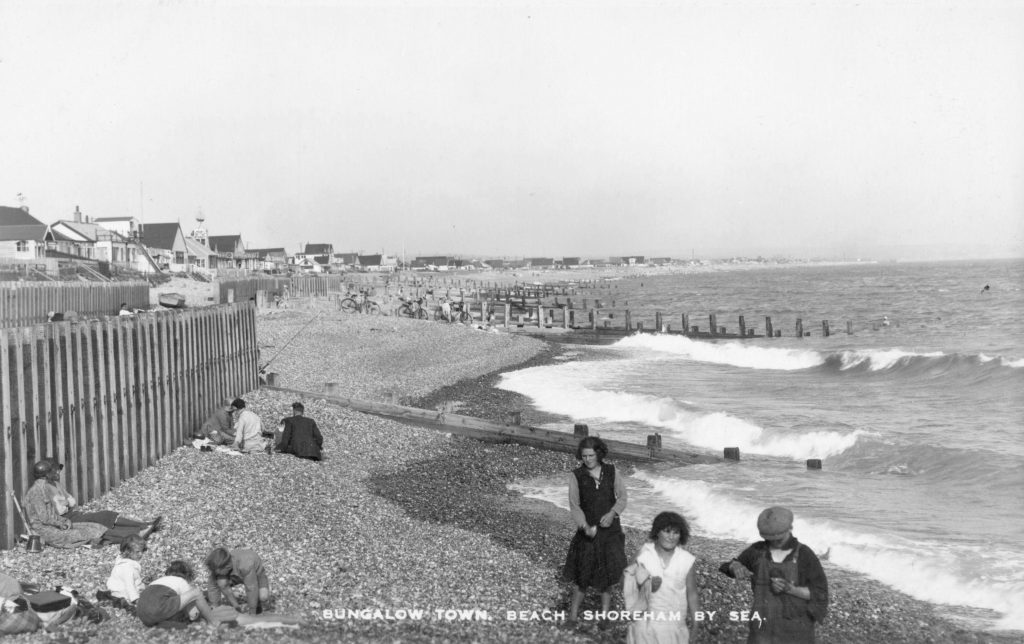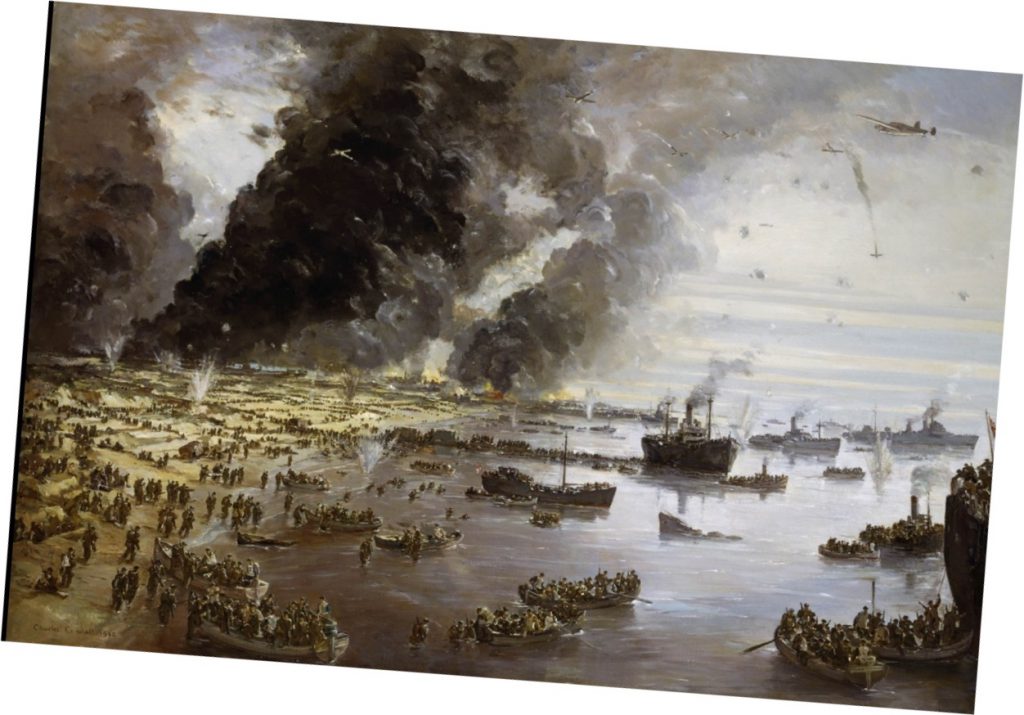The attached extract is from a book originally written by Fred Knight who was an ordinary soldier in the Canadian armed forces during WW1 and my grandfather. He was billeted close to Shoreham so his story compliments the information regarding the camp.
I had always been immensely proud of my grandfather who had fought bravely in WW1 and was therefore overjoyed when I was informed that a lost draft of his life story had been found and published by my cousin Graham.
While I found reading about his adventurous life a real pleasure, I was completely surprised to discover that he was billeted in the camp at Shoreham where I have lived for the past 25 years. He had talked fondly of his time in the area prior to being sent to France and so I am very pleased to have extracts from his WW1 soldering experiences placed on the Shoreham history website close to the information about the camp.
Brian Knight 2021
Continue reading “War beyond Shoreham Camp”
